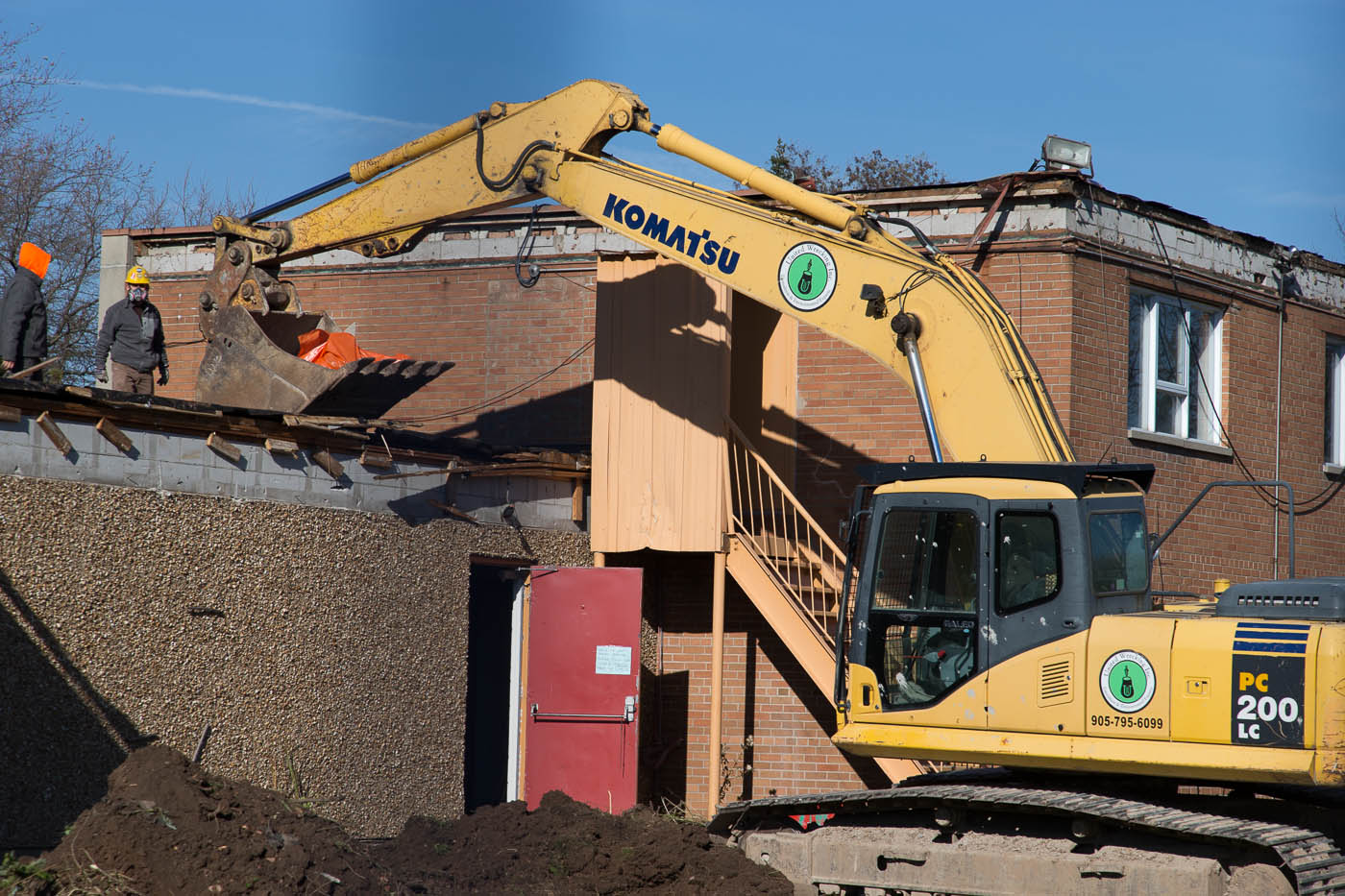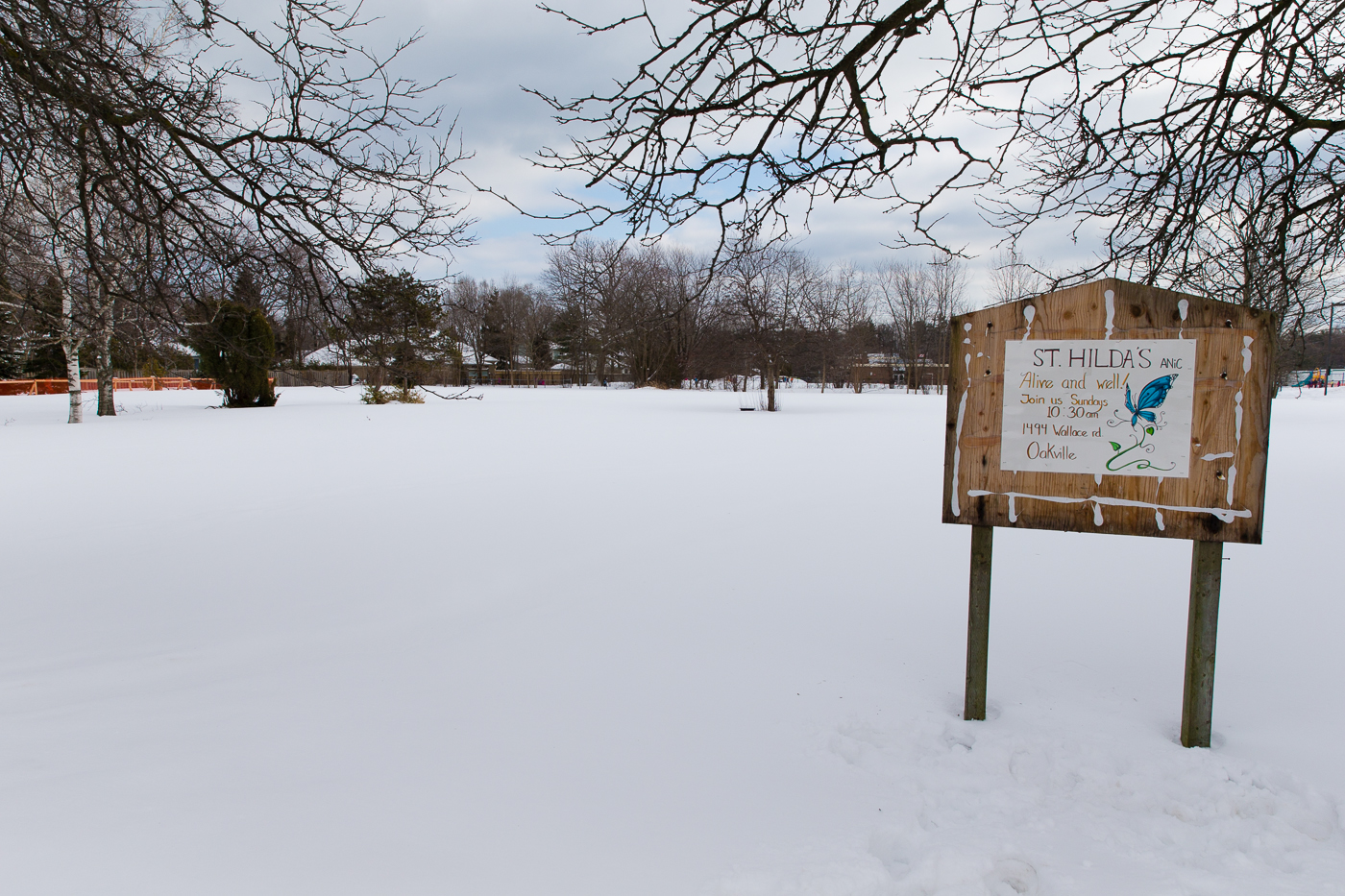There is a passage in Evelyn Waugh’s Brideshead Revisited where Charles is short of money and appeals to his father. This is his father’s reply:
“Well, I’m the worst person to come to for advice. I’ve never been ‘short’ as you so painfully call it. And yet what else could you say? Hard up? Penurious? Distressed? Embarrassed? Stony-broke?” (Snuffle.) “On the rocks? In Queer Street? Let us say you are in Queer Street and leave it at that.”
Let’s just say that the Diocese of Niagara is in Queer Street and leave it at that.
Except Peter Wall, the cathedral rector, has a vested interest in keeping the place and his job running a little longer.
It isn’t often I find myself in agreement with Wall, but one thing he said in the article below rings true: “God is not inside that building”. No indeed, he was driven out decades ago.
Wall’s solution to the steady exodus of Christians from the diocese is more innovation, in spite of the fact that innovation – a euphemism for excursions into radical heresy – is what drove the faithful out of the diocese in the first place.
Perhaps this is the real reason Bishop Michael Bird has quit. He wants to leave before all the money is gone.
In Hamilton, the Anglican Church is especially eager to capitalize on capitalist culture. It recently invested in a major renovation at Church of the Ascension, relocating the kitchen, offices and hall to the church proper, so it could sever or lease the rest of the 160-year-old Forest Avenue building. Ten blocks away, at Christ’s Church Cathedral on James North, plans for a new development are also under way.
“We can’t afford to maintain this place forever on the amount of money it’s costing us,” says the Very Rev. Peter Wall, the cathedral rector and dean of the Anglican Diocese of Niagara. “The only way we can do that is to do something that contributes to the sustainability of this place and allows us to have a greater impact on the community.”
Very Rev. Peter Wall, Cathedral Rector, Christ’s Church Cathedral
Since Wall arrived at the Cathedral in 1998, the number of Anglicans in the Hamilton area has declined more than 23 per cent. His church alone has lost about 50 families in the past 30 years.
Though Wall is mum on the details of the development, he says he’s committed to maintaining the integrity of the mid-19th century gothic cathedral — a soaring stone structure with heritage designation inside and out. Still, the church must innovate if it wants to survive.
“God is not inside that building,” he says. “We don’t have to tiptoe in and say, ‘where is he?’ and look under all the pews.
“That’s bad religion, that’s hocus-pocus, that’s nonsense. And that’s what killed the church.”


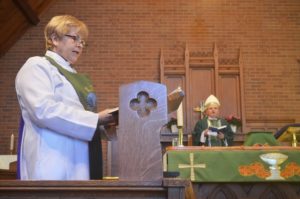 From
From 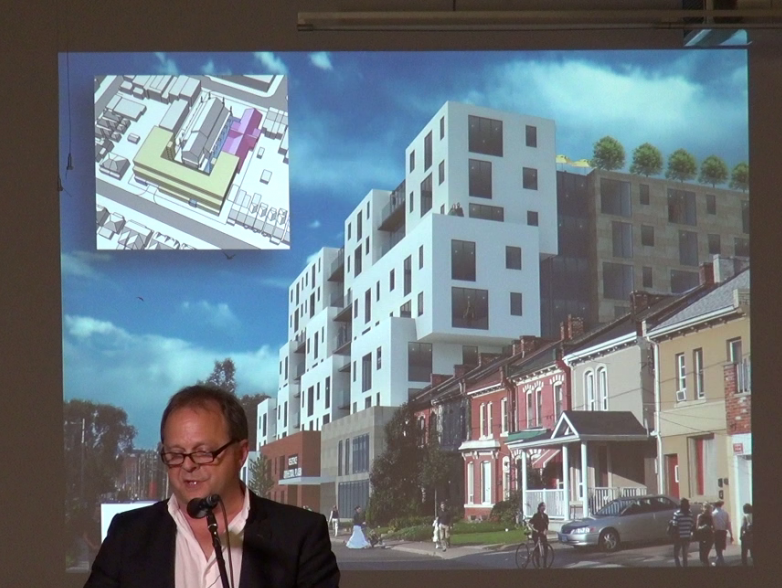 Nineteenth century records stored in a McMaster University library may bring the Niagara Anglican diocese much closer to identify the remains of hundreds of people buried under Hamilton’s Christ’s Church Cathedral parking lot.
Nineteenth century records stored in a McMaster University library may bring the Niagara Anglican diocese much closer to identify the remains of hundreds of people buried under Hamilton’s Christ’s Church Cathedral parking lot.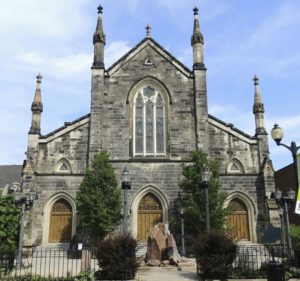 From
From 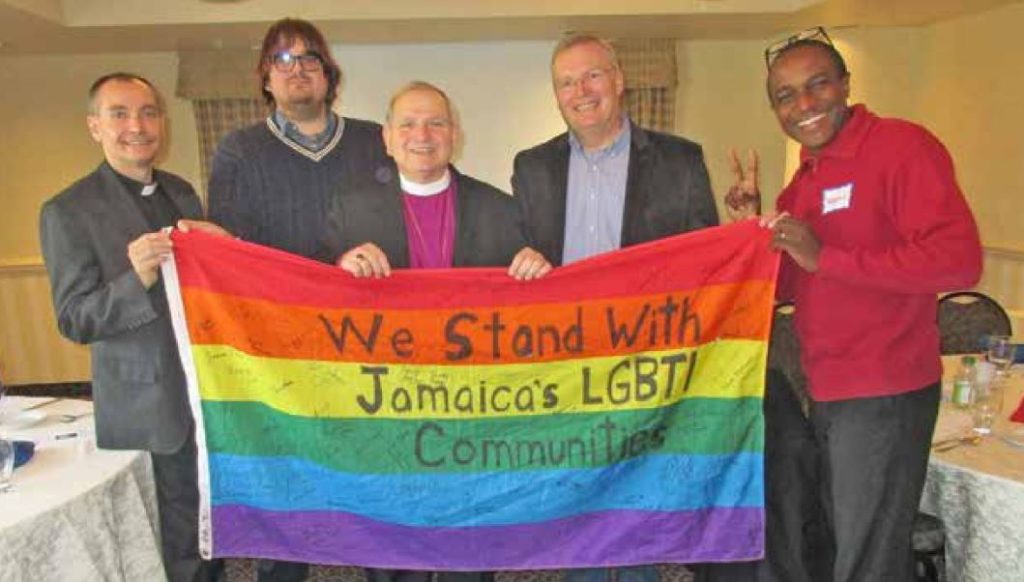
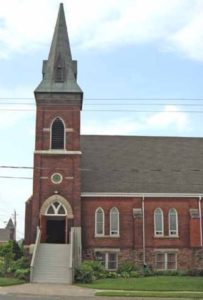 From
From 